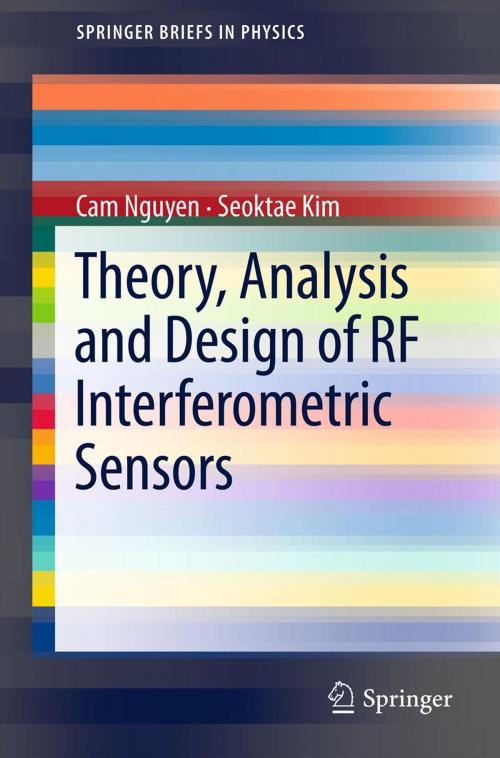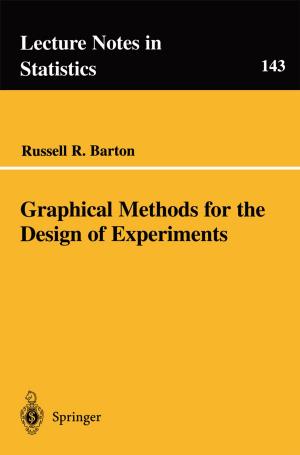Theory, Analysis and Design of RF Interferometric Sensors
Nonfiction, Science & Nature, Technology, Lasers, Microwaves| Author: | Cam Nguyen, Seoktae Kim | ISBN: | 9781461420231 |
| Publisher: | Springer New York | Publication: | November 23, 2011 |
| Imprint: | Springer | Language: | English |
| Author: | Cam Nguyen, Seoktae Kim |
| ISBN: | 9781461420231 |
| Publisher: | Springer New York |
| Publication: | November 23, 2011 |
| Imprint: | Springer |
| Language: | English |
Theory, Analysis and Design of RF Interferometric Sensors presents the theory, analysis and design of RF interferometric sensors. RF interferometric sensors are attractive for various sensing applications that require every fine resolution and accuracy as well as fast speed. The book also presents two millimeter-wave interferometric sensors realized using RF integrated circuits. The developed millimeter-wave homodyne sensor shows sub-millimeter resolution in the order of 0.05 mm without correction for the non-linear phase response of the sensor's quadrature mixer. The designed millimeter-wave double-channel homodyne sensor provides a resolution of only 0.01 mm, or 1/840th of the operating wavelength, and can inherently suppress the non-linearity of the sensor's quadrature mixer. The experimental results of displacement and velocity measurement are presented as a way to demonstrate the sensing ability of the RF interferometry and to illustrate its many possible applications in sensing.
The book is succinct, yet the material is very much self-contained, enabling readers with an undergraduate background in electrical engineering or physics with some experiences or graduate courses in RF circuits to understand easily.
Theory, Analysis and Design of RF Interferometric Sensors presents the theory, analysis and design of RF interferometric sensors. RF interferometric sensors are attractive for various sensing applications that require every fine resolution and accuracy as well as fast speed. The book also presents two millimeter-wave interferometric sensors realized using RF integrated circuits. The developed millimeter-wave homodyne sensor shows sub-millimeter resolution in the order of 0.05 mm without correction for the non-linear phase response of the sensor's quadrature mixer. The designed millimeter-wave double-channel homodyne sensor provides a resolution of only 0.01 mm, or 1/840th of the operating wavelength, and can inherently suppress the non-linearity of the sensor's quadrature mixer. The experimental results of displacement and velocity measurement are presented as a way to demonstrate the sensing ability of the RF interferometry and to illustrate its many possible applications in sensing.
The book is succinct, yet the material is very much self-contained, enabling readers with an undergraduate background in electrical engineering or physics with some experiences or graduate courses in RF circuits to understand easily.















